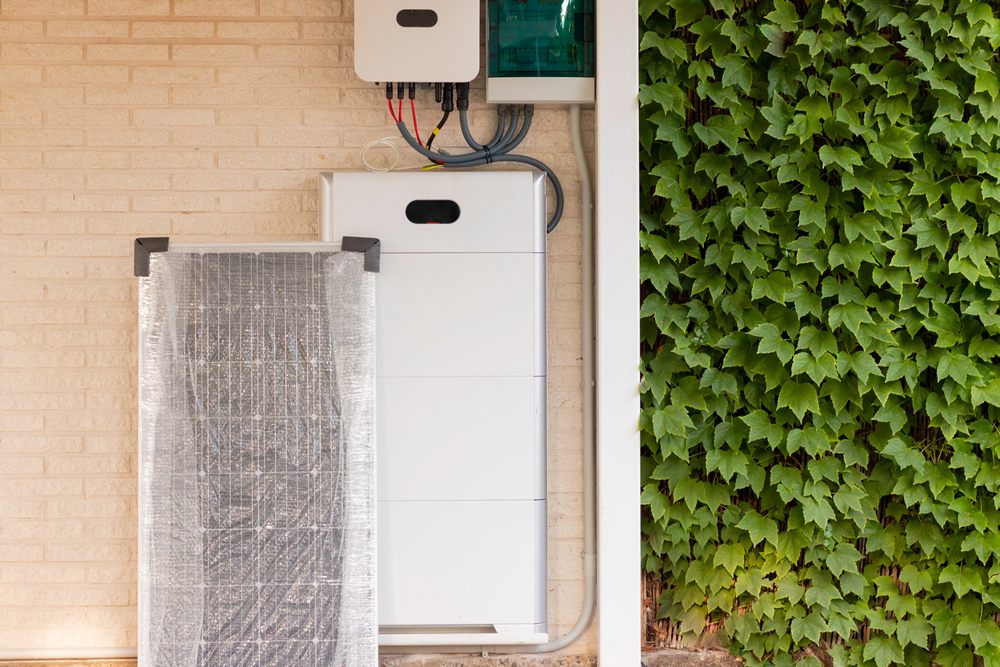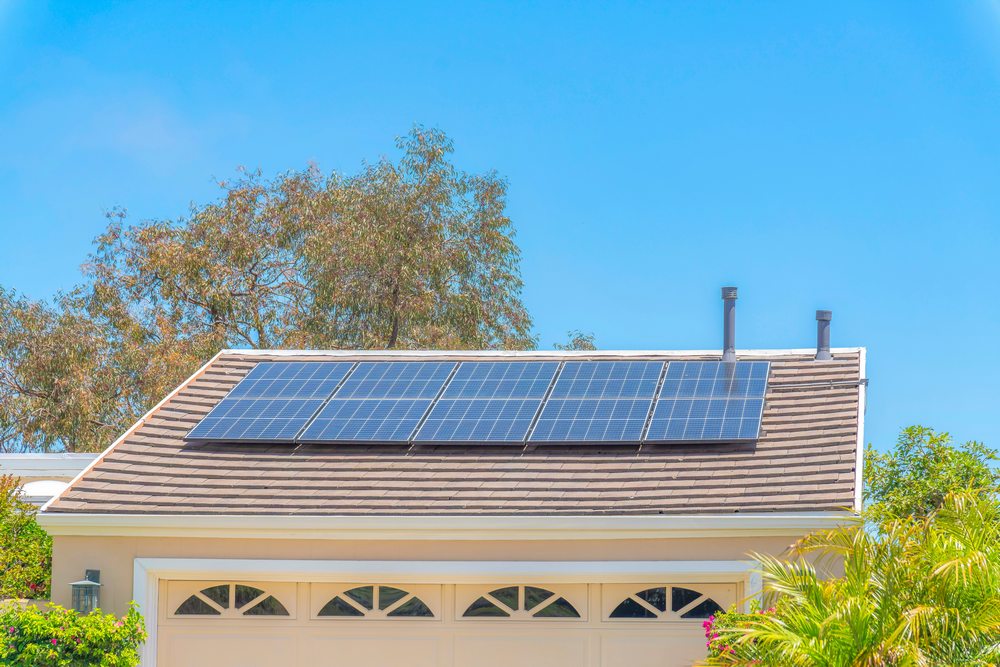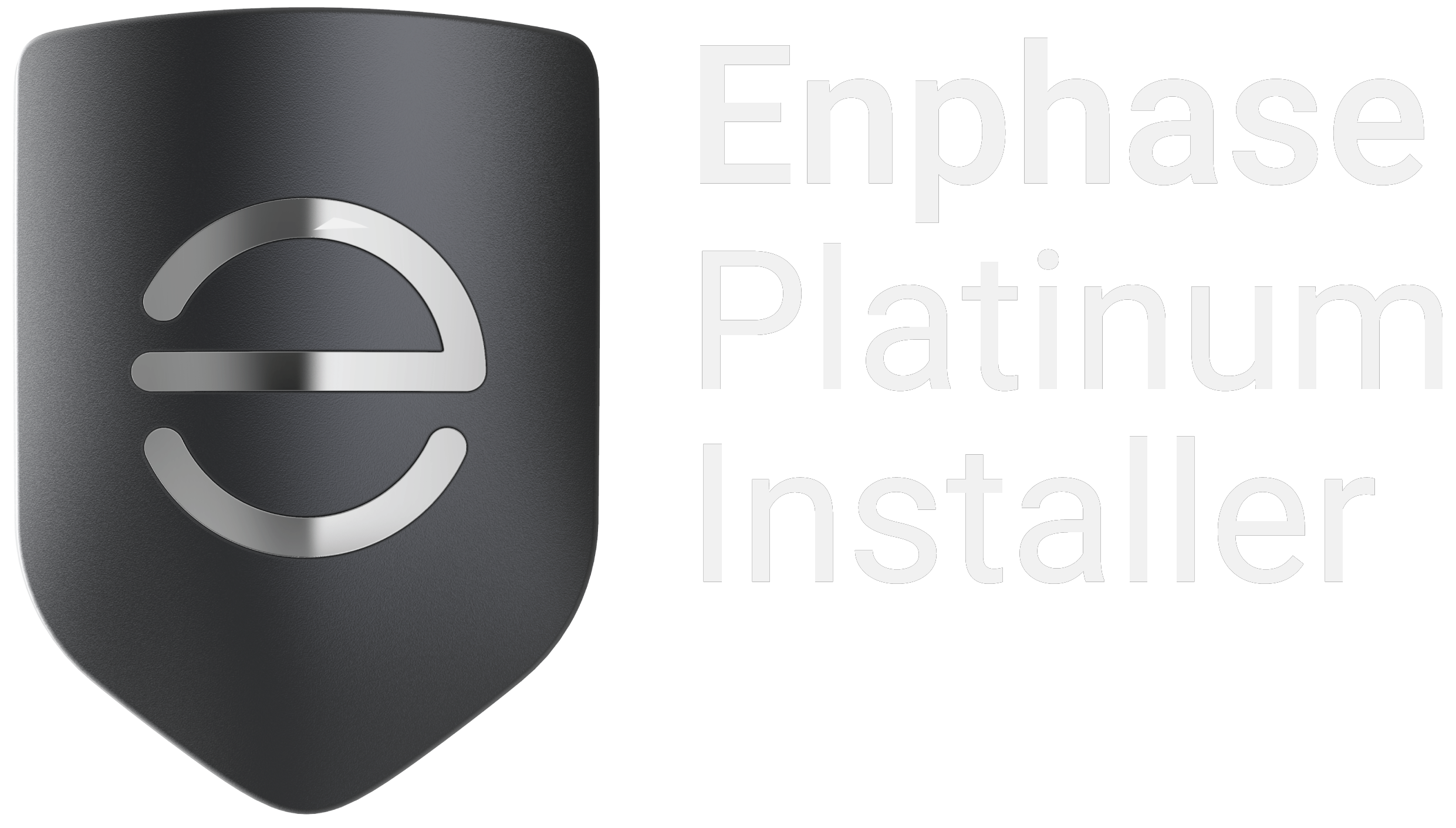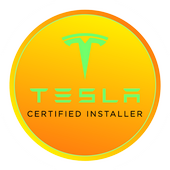
When you live in California, there are several reasons why you should add battery storage to your home. Specific policies, rates, and environmental influences have led more Californians to consider adding solar batteries to their property. This blog will discuss why you need solar batteries in California and how to select the one that best serves your needs.
Determining Your Battery Needs
There are a lot of small factors that will help you choose how many batteries you’ll need. The main questions you’ll have to ask yourself are:
- What do you want a battery to do?
- What do you want to be able to use when the grid is down?
- How many days will you need the battery?
- How will you keep the battery charged?
Let’s dive into each a little more so you better understand how to select a home battery size right for you:
What do you want a battery to do?
Most people would like a backup system to keep a few essential items powered for a few days during a power outage. California has experienced several Public Safety Power Shutoffs (PSPS) in recent years due to extreme weather events and wildfires. Solar batteries can provide backup power during outages, ensuring your home has electricity when the grid goes down. That means the food stays cold, the people stay warm and fed, the devices stay charged, and some lights stay on.
Anyone who has added solar panels to their California home in the past half-decade had to switch to a Time-of-Use (TOU) rate plan. These rates charge more for electricity during peak hours and less during off-peak hours. Solar batteries can store the excess solar energy your system generates during off-peak hours and use it during peak hours, reducing your reliance on grid electricity and saving you money on your electric bills.
What do you want to be able to use when the grid is down?
The next thing to decide is what you would like to keep on during a power outage. You’ll need to consider the minimum number of circuits necessary to get by. You’ll need to list the items you feel are essential to you – the things you can’t go without for 1-3 days. Each appliance or device on a circuit is called a “load.” The loads essential to you are called your “critical loads.” Make sure that the power for your critical loads is under the maximum that your battery can output and that the battery can power those loads for the time needed. Some appliances require more wattage to start up than they do to run, so whatever battery you choose will need to meet both the startup wattage and continuous wattage of your appliances.
How many days will you need the battery?
Choosing the most efficient and essential critical loads can help you get away with reducing usage and extending the life of your battery. Lithium batteries can usually hold between 13.5 and 16 kWh of storage, so you might find one that will meet your needs for a single day. But power outages (especially those due to PSPS) last longer than a day. This means you’ll need more than one battery’s worth of stored electricity or some way to recharge the batteries each day.
How will you keep the battery charged?
When you install a solar battery with your solar system, you’ll have a built-in way to recharge your batteries as long as your solar configuration is large enough to produce the daily electricity needed to run your appliances and charge your batteries. Oversize your solar array to accommodate charging the batteries. No one ever complains about having a solar array that is too big, and any excess solar energy you generate can be stored in your batteries instead of having to sell it back to the grid and get less compensation because of those newly implemented time-of-use net metering policies.
Exploring Your Options
Deciding how much storage you need is similar to deciding how many solar panels you need. Storage amount will depend on your energy usage, how much of your stored energy you plan to use daily, and how much you plan to save in case of a power outage. You’ll want to consider the following factors when deciding on a battery:
- How much energy the battery can store, measured in kilowatt-hours.
- How much power the battery can give to your home, measured in kilowatts of continuous or instantaneous surge output.
- DC or AC-Coupled Batteries: DC-coupled batteries must be directly connected to the DC output of a solar inverter. AC-coupled batteries come with an inverter and can be added to any home or charged from an existing solar array.
- A solar battery bank can only be discharged to a certain level while retaining its full capacity.
- A home battery system that provides for your basic needs and comfort in a power outage might cost $10,000 to $30,000, but backing up a whole home with several days of off-grid power can easily run over $100,000.
California offers rebates through the Self-Generation Incentive Program (SGIP), which offers money back when a battery storage system is purchased. The program also offers additional incentives for people who live in low-income communities and places where PSPS are more frequent.
Find a Solar Battery with Sunlight Solar, Inc.
You might want or need a battery for many reasons in California. Power outages, new time-of-use rates, and net metering changes are just a couple of occurrences that can prompt you to purchase solar batteries for your home. Choosing the right battery involves carefully evaluating your needs and determining what’s most important. If you’d like more information regarding solar batteries and how they could benefit you, Sunlight Solar Inc. can help! We’ll walk you through the benefits of choosing solar energy and how implementing solar batteries into your solar system can only bring you more benefits while helping you reduce your reliance on fossil fuels and contribute to a cleaner, more sustainable energy source. Call us at (858) 564-8032 or click here for a FREE estimate!







